Geomodelling tools
The 3D/4D Geomodelling Laboratory has a number of workstations for the efficient use of the software listed below, as well as VR equipment (virtual reality headsets and gamer stations) for projects such as Virtuafield. Other software, not listed below, is also potentially used sporadically.

Gocad/Skua (commercial software, Emerson)
And internal plugs, developed in the laboratory: A Grant Program, renewable annually, allows us to benefit free of charge from this standard 3D geomodelling software, used routinely in various companies (notably, oil companies), for teaching purposes and to benefit from licences at academic prices for research. We also benefit from free development modules that allow us to implement our own modules of the Gocad/Skua software suite in C++ (fracture density calculation, extraction of information from digital outcrops, etc.).
KingdomSuite (commercial software, IHS)
A "Grant Program", renewable annually, allows us to benefit free of charge from this seismic interpretation software, used routinely in various companies (notably, oil companies), for teaching and research.
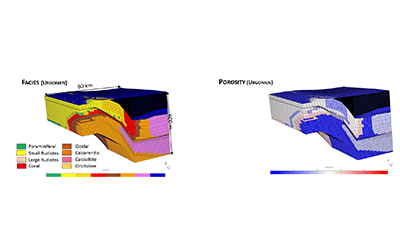
DionisosFlow (Beciep)
A renewable Grant Program allows us to benefit from the license of DionisosFlow at academic prices. This software is a reference in 4D stratigraphic process-based modelling.
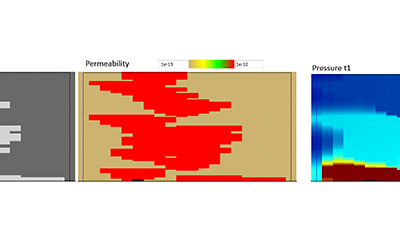
TOUGH (shareware, LBNL)
An agreement has been set up to benefit from the TOUGH software, developed by the BNL for the simulation of fluid flows. A Gocad/Skua software module has been developed in the laboratory to allow the link between Gocad and TOUGH, and thus to allow flow simulation from the Gocad geomodeler.
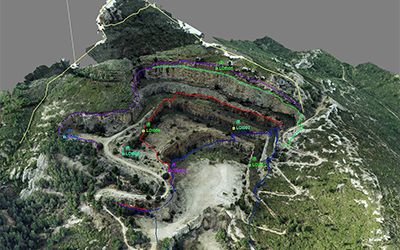
Virtuoso (shareware, IFPEN)
An agreement with IFPEN allows us to use licences for this software for the visualisation and interpretation of 3D digital outcrops.
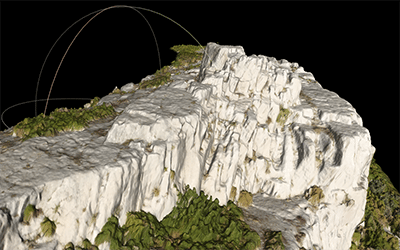
CloudCompare (open-source software, Daniel Girardeau)
And internal plugs, developed in the laboratory: Software modules are developed to address specific scientific issues at CEREGE, such as the recognition of paleo-earthquakes on a fault escarpment.
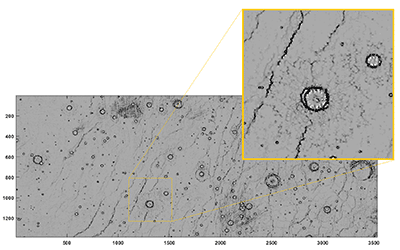
Internal stand-alone developments in python, C++, java
Specific codes are developed in Python to meet either technical needs, such as file transfer (converters), or scientific problems, such as the simulation of coccoliths through different conceptual models or the detection of impact craters (see presentation CPublished).
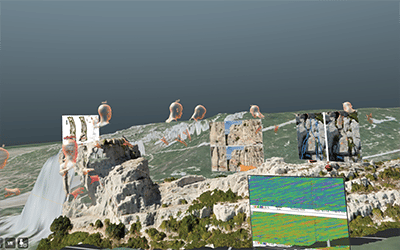
Virtuafield
This software was developed by VR2Planets as part of the "Simulation for Education" call for projects from Aix-Marseille University. Its objective is to train students in field practice and to carry out virtual visits to areas that are inaccessible to humans (extraterrestrial surfaces, the seabed, cliffs on the coast, etc.). Virtuafield is a project carried out in collaboration with the LAM.
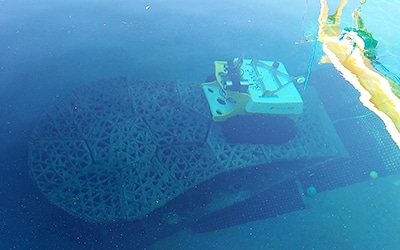
Bathybot
Virtual reality software has been developed, in conjunction with the MIO (contact: Séverine Martini), for the simulation of bio-luminescent organisms and the launch of the bathybot mission (underwater robot, accompanied by Bathyreef, which is a synthetic coloniser).

